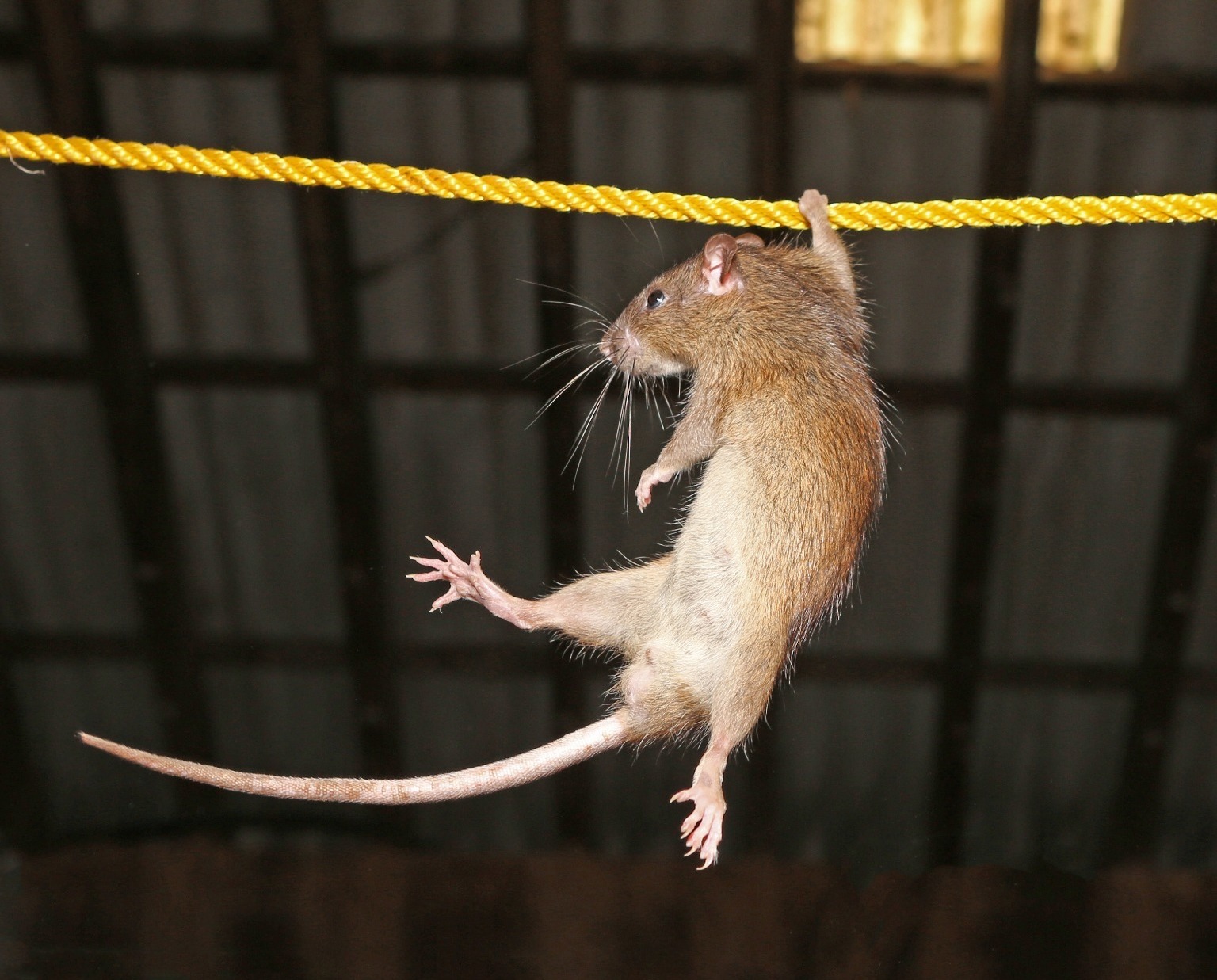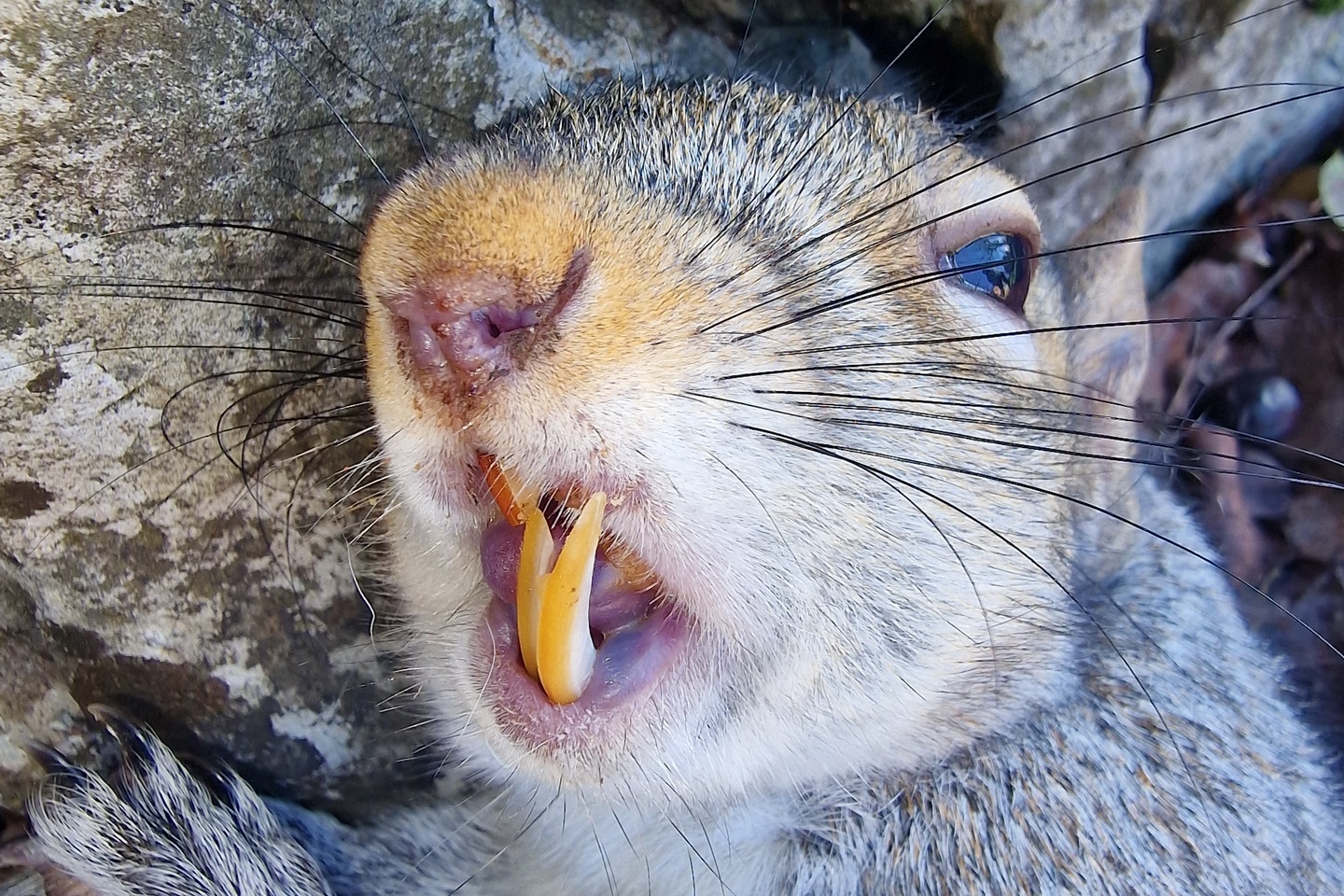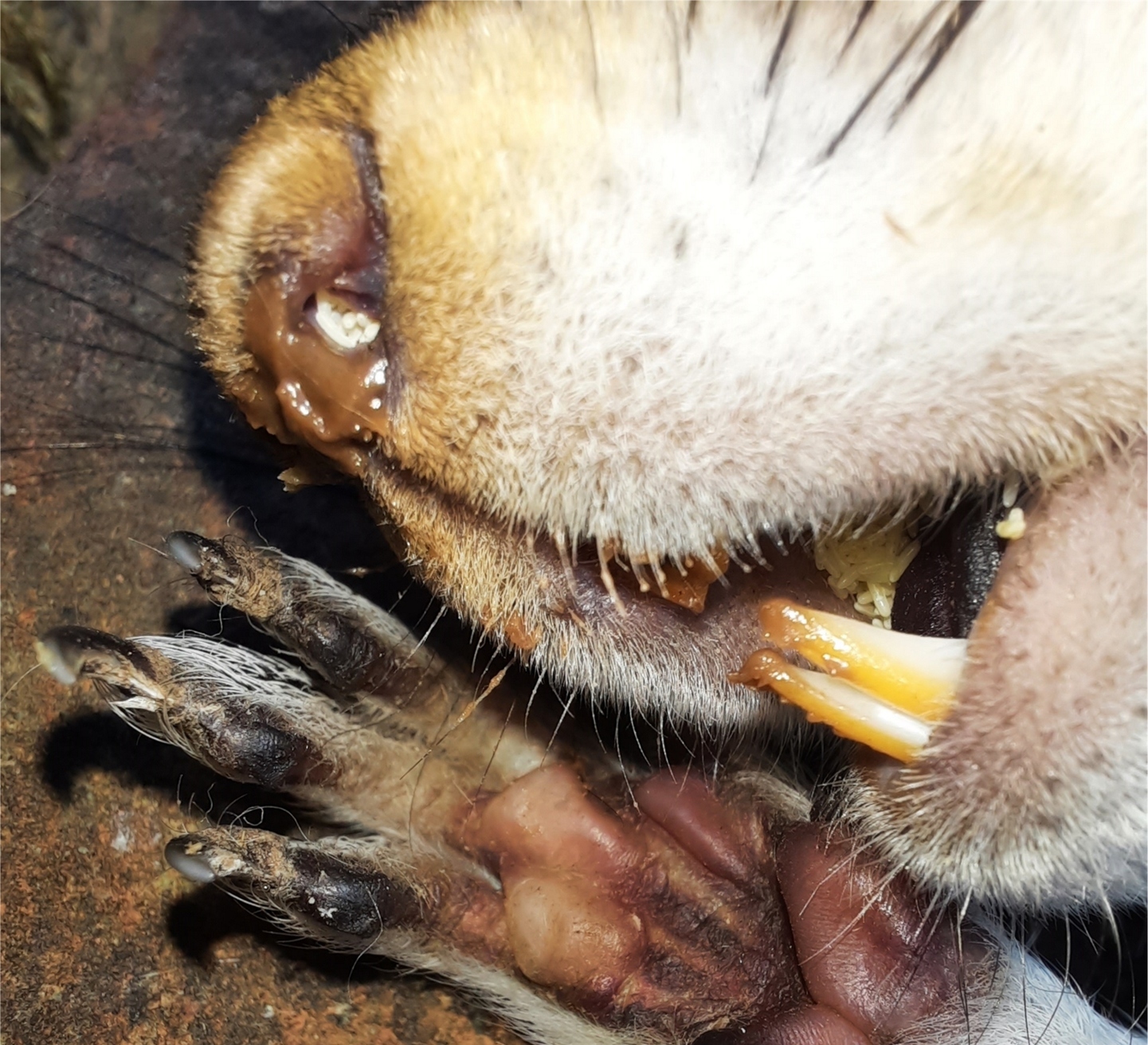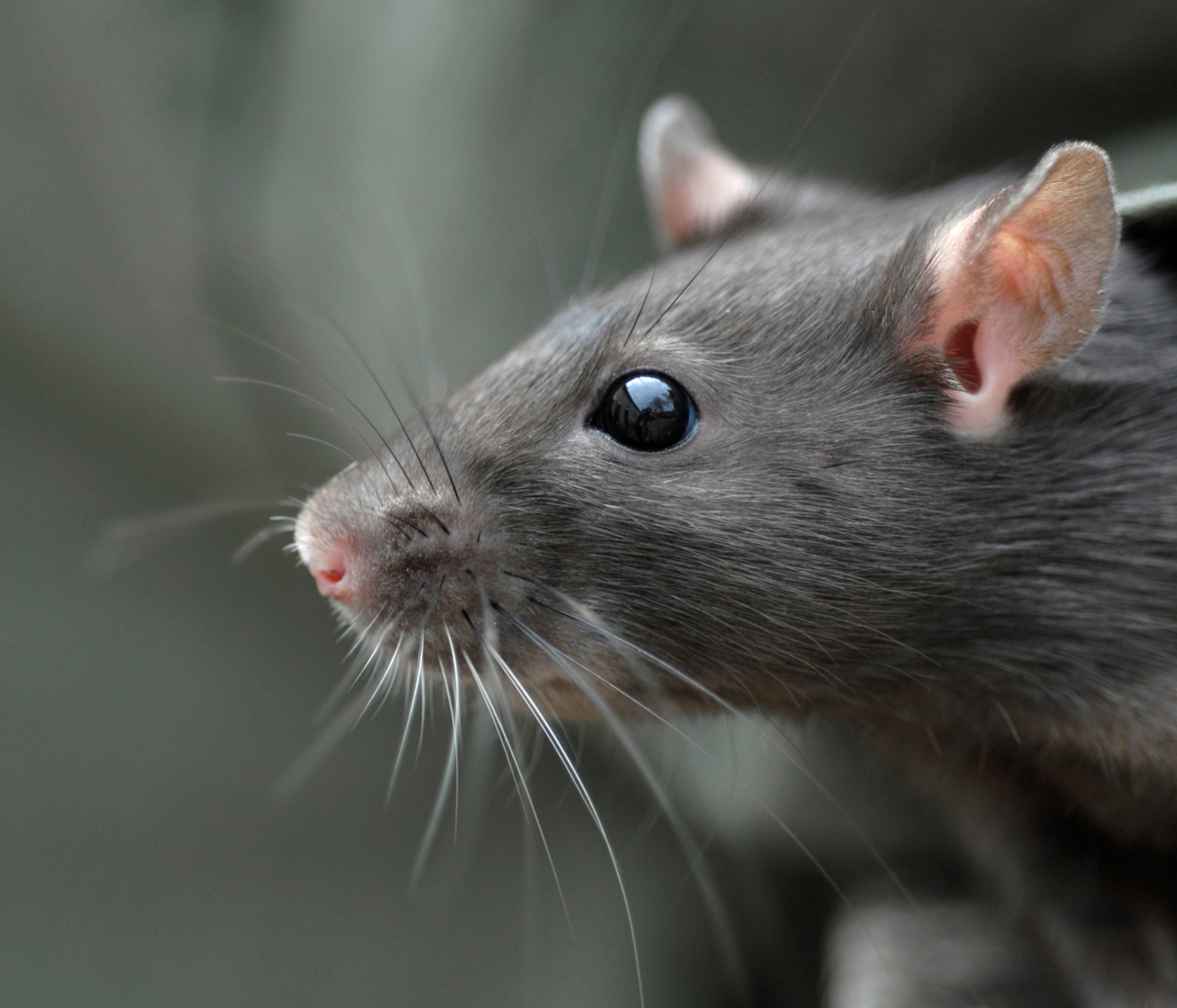Why do rats gnaw?
Posted on 21st February 2023 at 08:48
At what point do people call us out to deal with a rat infestation?
People are all very much different to one another and for some people, at the first sound of something scuttling through the loft, that’s the spark that makes them reach for the phone, other people may ignore that, well after all its in the loft and not causing any bother in the house so it’s probably mice, right?
Wrong, if somethings inside your loft, ask yourself two questions; what’s it doing up there and how did it get in?
In our experience customers always reach for the phone when the random noises and scuttling sounds cease, and the gnawing sounds start up.
The sound of a rodent chewing its merry way through roof joists or ceiling joists triggers an instant reaction and that’s the phone call to us.

So, why do rats, mice and squirrels gnaw?
These animals are all members of the order Rodentia = rodents, along with the rats, mice and squirrels, beavers belong to this group, and beavers are the undisputed masters of gnawing.
Rodents are a group of animals that specialise in gnawing and to do this they have extremely powerful cheek and jaw muscles and teeth that keep on growing from the root.
Because of the combination of a powerful bite and teeth that keep on growing, rodents will gnaw on hard items to file down the leading edge of their teeth and exercise those strong muscles.
With teeth that keep on growing, dental care is important and damage to a incisor may lead to unchecked growth on the opposite one, meaning that eventually the extended tooth will prevent the animal from feeding itself.
Rodents generally file their teeth by rubbing the two leading edges together, a bit like how some people grind their teeth and so gnawing is also a way to mark territory which is important to all rodents as they are highly territorial.


How hard are rats teeth?
Because rodents are adapted to gnawing, evolution has altered their dental layout and tooth construction and the special thing about rats’ teeth is the extreme hardness of the enamel covering.
Hardness is measured by the Mohs Scale, and rat teeth are ranked at 5.5 – Mohs Scale starts at zero which is the softest and ends at ten, where ten is the hardest; and in case you wondered what the hardest substance is; its diamonds.
To get an idea of just how hard rats’ teeth really are, a copper coin comes in at 3.5 and a sharp kitchen knife, comes in exactly the same place on the scale at 5.5. So if rats have teeth that are as hard as a cutting knife, you can see what damage they can do when they’re inside your loft.
Because the act of gnawing is such an important characteristic for rodents their entire dental layout has been adapted over time, the incisors still sit at the front of the jaw just like ours do, but right behind them there’s a large gap that runs along the jaw before you find a small set of molars.
This gap is called the diastema, as rodents gnaw, their cheek muscles push out the chewed off fibres through this gap so they can continue without having to stop and spit out a mouthful of wood. In a sense their teeth and check muscles allow them to cut through wood just like a saw.


Strong jaws and a powerful bite
All of the rodent species have really strong jaw muscles and rats are no exception to this rule, evolution has given these animals a super powerful bite, and rats can exert a force of 12 tonnes per square inch.
As a comparison, the fearsome Great White Shark can exert a bite force of around 2 tonnes per square inch, so in this case, we’re definitely going to need a bigger boat!
If you’ve got a problem with rodent pests: rats, mice or squirrels, and you want a professional solution that lasts, then give us a call; we’re not going to stick rodenticide up inside your loft, we investigate the reason why the rodents are there and look long and hard at finding the entrance point so we can stop them for good.
That’s how we do pest control in Reading.

Tagged as: Rats and mice, Squirrels
Share this post:












